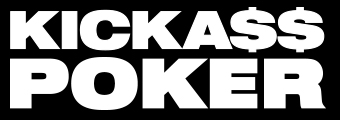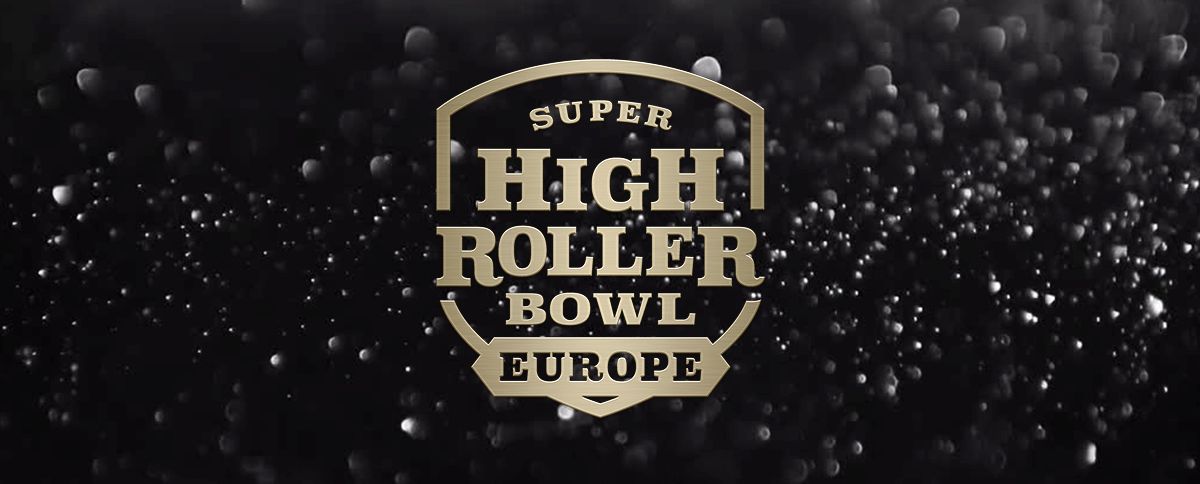There’s an old poker saw about elite pros playing a different poker game than everyone else, but it’s somewhat rare to see the proof in the cards, so to speak. Yet that’s what’s happening to the Super High Roller Bowl as it announces its “Europe” series debut, to be held at the ritzy-ritzy Merit Royal Casino on the shore of the Mediterranean Sea in North Cyprus. It’s the lead-in to an unusual tale involving poker marketing, one that appears to be quite high-risk.
North Cyprus is a helluva scenic locale for a poker series, one might think, and it’s all that, even if you and I and all our friends never have even a dream of actually visiting the place. But that’s a digression for another time. Here, we’ll look at something curious about this SHRB debut: The nine-event series actually has more short-deck events (five) than traditional no-limit hold’em tourneys (four), and there’s nothing else on the schedule.
While all of the rest of us are sampling progressive-bounty tournaments and mystery-bounty tournaments — these are two other formats that are really taking off as of late — these high-rollin’ poker superstars are seemingly betting to a different dealer, or at least a shorter deck of cards. Here’s how that SHRB Europe schedule looks:
• August 23: SHRB Europe Event #1 – $25,000 Short Deck Hold’em
• August 24: SHRB Europe Event #2 – $25,000 No-Limit Hold’em
• August 25: SHRB Europe Event #3 – $25,000 Short Deck Hold’em
• August 26: SHRB Europe Event #4 – $50,000 No-Limit Hold’em
• August 27: SHRB Europe Event #5 – $50,000 Short Deck Hold’em
• August 28: SHRB Europe Event #6 – $100,000 No-Limit Hold’em
• August 29: SHRB Europe Event #7 – $100,000 Short Deck Hold’em
• August 30: SHRB Europe Main Event – $250,000 No-Limit Hold’em
• August 31: SHRB Europe Event #8 – $50,000 Short Deck Hold’em
Let’s compare that against the 2021 WSOP Schedule this coming fall, where through the series’ entire run of 88 events, there’s exactly one short-deck entry, in mid-October. (And it’s a $10,000 ‘Championship’ event, too.)
Why, it’s as if the whole short-deck format is being reserved for the nosebleed set. At least it seems that way here in the US, where even most of the online sites that offer short-deck games aren’t available. The funny part of short deck’s surge is that the game has been around for a long time. Way back in my first tour of duty at the KAP blog, around 2004 or 2005, I played quite a bit of short deck on a site called Poker Heaven, a Boss Network site which hasn’t been available to US players in over a decade.
(If you’re wondering how the game is played, here’s a very very brief primer: The 2’s, 3’s, 4’s, and 5’s are removed from play, leaving a 36-card deck, and it’s usually spread as a six-max game. The cards are dealt out in the same way as regular hold’em, but because there are fewer card ranks in play, only nine, the odds on making certain hands changes, and hand rankings have to change accordingly. For example, three of a kind beats a straight, while a flush beats a full house. And the “wheel” straight, where the ace plays on the low end? That exists, and it’s A-6-7-8-9. When you’re new to the game, it’s a strange experience.)
Exactly why short-deck has surged in popularity is beyond my fathoming. What’s every bit as curious, though, is that the Super High Roller Bowl, one of PokerGO’s most popular concepts, is committing to it so heavily.
If you remember your poker history, the SHRB debuted in 2015 with a single event in Las Vegas, in which 43 players and elite business types dropped $500,000 each to play and be on camera and all that. That publicity angle, in which all of the SHRB events are aired on PokerGO’s subscription service, is one of the reasons some of these people play anyway.
Since 2015, the Super High Roller Bowl has transitioned from offering just these single events with super-high buy-ins to something more of a mini nosebleed tour, with — as you can see from the schedule above — is all events with buy-ins of $25,000 and up.
The question I have is more to the SHRB’s target audience for these events. One wouldn’t think that the entire global pool of possible customers for a series like this SHRB Europe would be more than a couple of hundred players, and that’s with all the other competition that exists, both live and online. Is there really that much of an elite-player demand to run a series with five different short-deck events, each with a buy-in of at least $25,000?
I don’t know the answer. PokerGO and the SHRB do, or at least they act that way. It seems, at the very least, it’s pushing the envelope.

